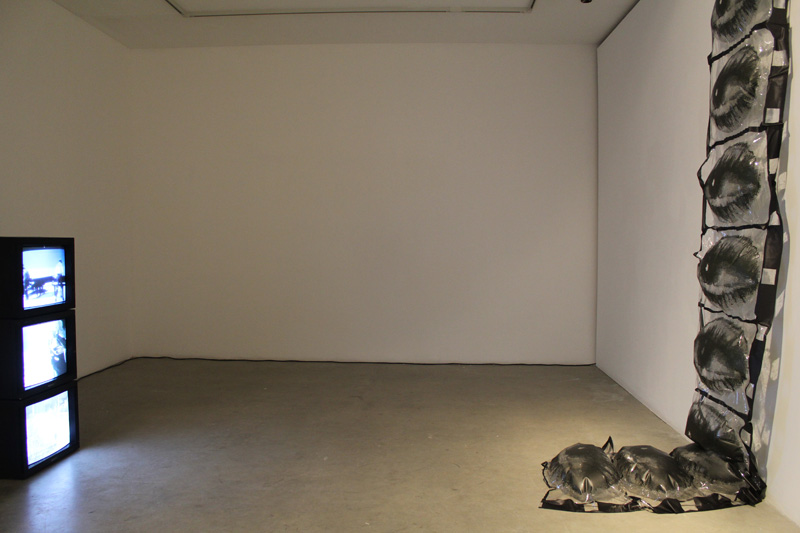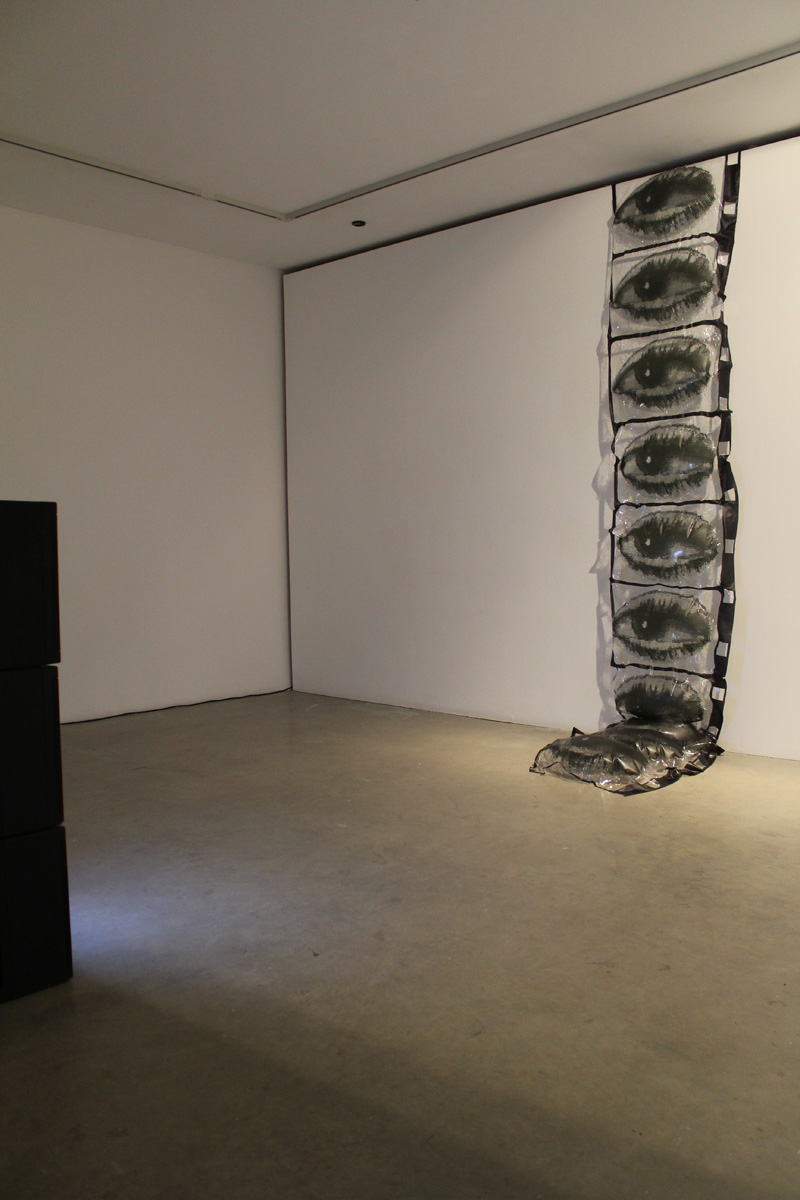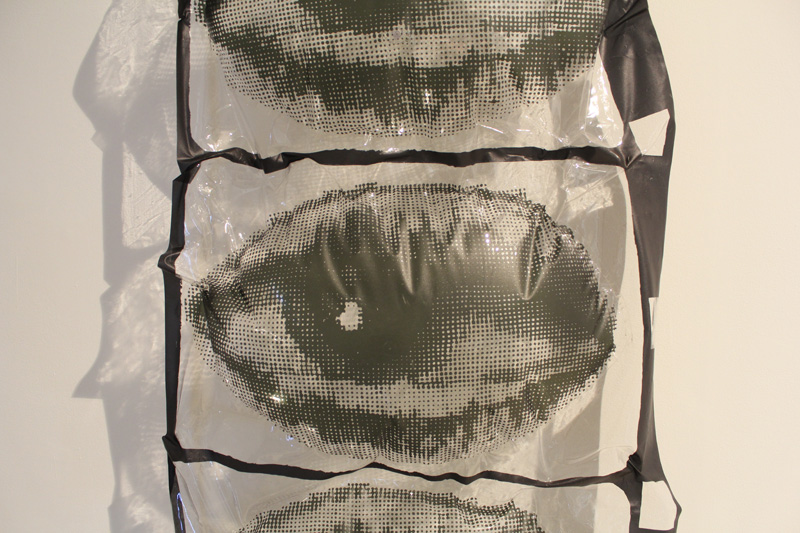-

Exhibition view -

Exhibition view -

Exhibition view -
Marking the inaugural show in our new space 6A Minerva St, Vilma Gold are delighted to present key works by German artist KP Brehmer.
Brehmer (b. 1938, Berlin, † 1997 Hamburg) was a major figure of the German Pop initiative Kapitalistischer Realismus (Capitalist Realism). As part of the German Neo Avantgarde he worked alongside figures such as René Block, Sigmar Polke, Gerhard Richter, Hans Haake and Marcel Broodthaers. Looking across his practice, which included printmaking, painting and installation, his on-going concerns as an artist appear to lie with the need to deconstruct the relationship between the individual and the state as mediated through the mass circulation of images.
Brehmer’s interest in quotidian forms of image production resulted in his conception of art as a ‘sensorial instrument for emancipatory awareness.’ To this end he is best known for working directly with capitalism’s modes of display, which brought him to expropriating techniques of typography, cartography, thermography and colour theory in order to reveal the ways in which everyday visual appearance is implicated in politics. He is particularly well known for his stamp prints, in which he appropriated the imagery and language on existing stamps and reconfigured it, and for his flag pieces, for which he would remake national flags but with their colour constitutions now attuned to reflect economic conditions.
For this show we will present a 1967 inflatable sculpture work Augenfilm, 1967 and the film Tagebuch 1978/82 (Diary), which will be shown over three stacked monitors. Relatively unseen so far, the two works foreground the ideas that went on to drive his better-known pieces. Tagebuch in particular might be regarded as a sketch, laying out how his concerns as an artist worked on a very holistic and personal level.
Reflecting on the film, Brehmer said,
‘The camera is always there…Under that motto I have been producing a ‘diary film’ since 1978, which re- ports very subjectively on the celebratory, orgiastic, sad, or quotidian events of my immediate surroundings. The main actors are the people I love and do not love, friends and enemies, and the circumstances of the time. The diary film is also a tool for me to sketch the basic materials of my artistic work. Looking at the individual images later, many things seem much clearer, the forgotten reappears and overarching connections are revealed’.
Draped alongside the monitors, Augenfilm is comprised of a string of pillow-like clear plastic rectangles each overprinted with a single wide-open eye. The composition might suggest a length of film negative, which snake-like, slides over floors and round corners, sinuously taking up the shape of its surroundings. It touches on Brehmer’s on going interest in dual perspectives of looking, and in a reversal of roles the film stares back at the viewer from multiple angles. Not only does it reference Dali and Bunuel’s ‘Un Chien Andalou’ (1929), which uses the slicing of an eye to open unto another layer of reality, but it might also be acting out a ‘Shot-Reverse-Shot’; a filmmaking technique that stages a dialogue by producing a series of takes between two characters.
In posing multiple viewpoints the works presented show Brehmer’s reluctance to accept given narratives. Alive to the dynamic relationship between seemingly antagonistic viewpoints, he tended rather towards deconstruction as a means by which to offer the viewer a set of building blocks for constructing meaning on his or her own terms. Given that he lived and worked through a post war Germany dealing with a process of denazification, this interest might be brought into sharper relief.
For further information or images please contact Martin Rasmussen: +44 (0)20 7729 9888 or: martin@vilmagold.com
6A Minerva St
KP Brehmer
08 Jun – 27 Jul 2013